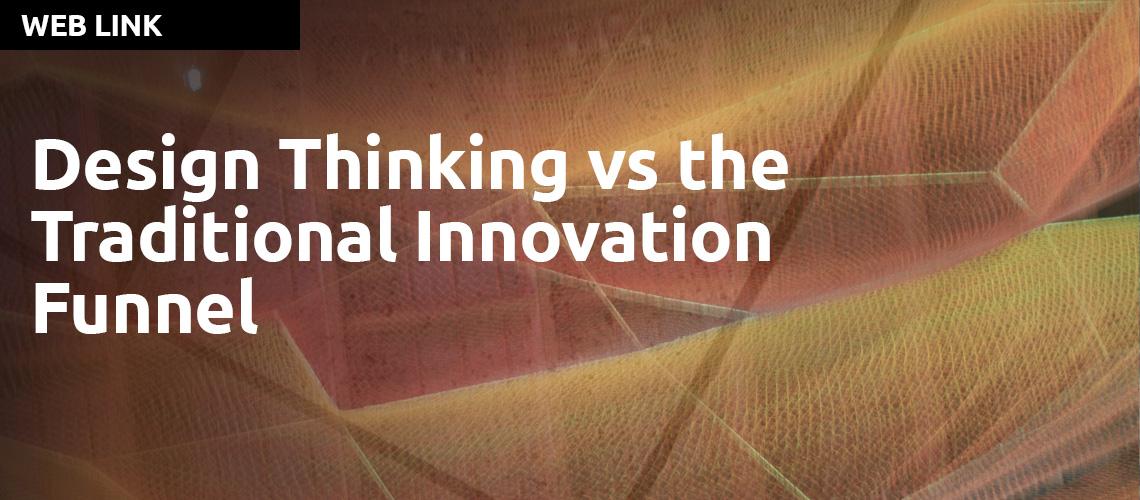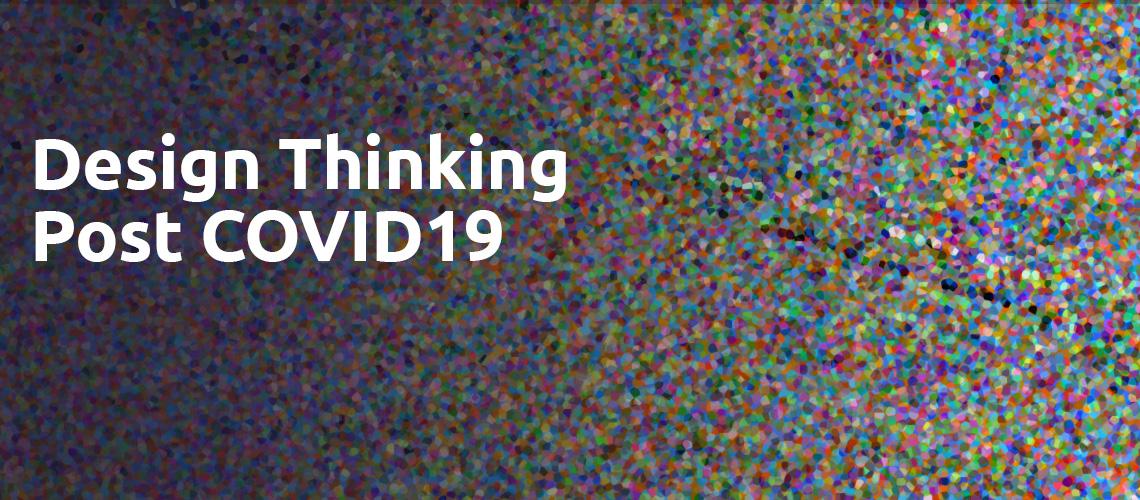Design Thinking Is Like Cooking
As you learn design thinking, you progress through stages: being a beginner, an intermediate practitioner, and possessing advanced expertise. This progression is like learning to cook: you won't be a master chef on day 1, but there are appropriate skills to aim for at each level.







